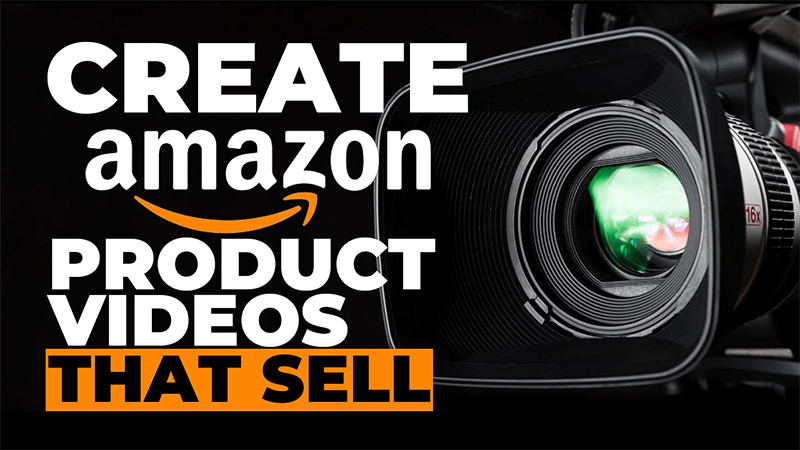In the vibrant and often humorous world of video advertising, the difference between a clever homage and a potential legal mishap can sometimes be razor-thin. As brands strive to grab our attention with creative and memorable ads, a few have found themselves walking a fine line between inspiration and imitation. But fear not, there’s a perfectly legal and widely accepted escape hatch in the advertising world known as “parody.”
So, let’s dive in and explore what this really means and how advertisers can have fun with it without stepping on any legal landmines.
What Exactly is Parody in Advertising?
Think of parody in advertising as the art of playful imitation. It’s about taking a well-known ad, tweaking it, and adding a dash of humor or critique to create something fresh and engaging. This method isn’t just about getting a good laugh; it’s a form of social commentary that’s protected under what’s called the “fair use” doctrine in many places, including the U.S.
The Shield of Fair Use
To fly the flag of parody without getting caught in legal nets, the fair use doctrine looks at a few key things:
- Purpose and Character: The parody should bring something new to the table, transforming the original with a new expression or message.
- Nature of the Copyrighted Work: Parody often targets creative, published works, which the law is more open to being parodied.
- Amount and Substantiality: Just use enough of the original to make the point clear—don’t go overboard.
- Effect on the Market: Your parody shouldn’t take away from the original work’s market; it shouldn’t replace the original.
Walking the Line: Parody vs. Infringement
For your ad to fly as a parody, it’s got to do more than just mimic—it should say something about the original or its brand. It might poke fun at something absurd or dial up certain traits to make a point. But clarity is key! It should be obvious that the ad is not from the original brand and isn’t trying to trick anyone.
Sometimes this gets tricky. For example, when Motorola launched its 2011 Super Bowl ad, it leaned heavily into the style of Apple’s iconic ‘1984’ commercial. It was a bold move, pointing out the rivalry but doing so in a way that was clearly its own.
And let’s not forget about Edge Shave Gel’s playful take on Old Spice’s “The Man Your Man Could Smell Like” ad. By echoing the humor and style while clearly marking its territory, Edge showed how to borrow creatively without stepping on toes.
Tips for Treading Lightly
If you’re thinking about crafting a parody ad, here are a few golden rules: make sure your creation is clearly distinct, doesn’t harm the original’s market, and above all, consult with legal experts to keep things smooth.
In a nutshell, while parody can add a fun twist to advertising, it needs a careful blend of creativity and legal savvy. Knowing where the boundaries lie is crucial for anyone looking to engage audiences with a wink and a nod without inviting legal woes. So go ahead, get creative, but always play it smart!






